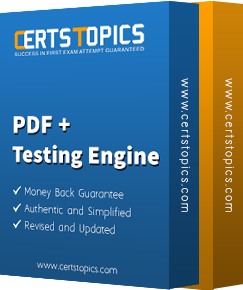Oracle Related Exams
1z0-1075-24 Exam







Which two reports provide work order cost-related information to Costing users?
In the work execution area, which three infolets are provided to users for instant access?